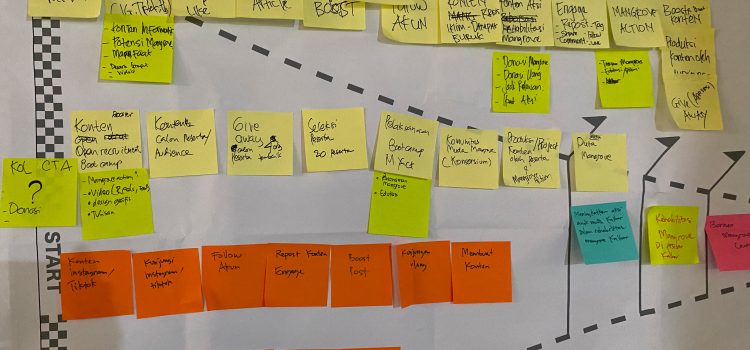
For many people today, climate change is no longer just an abstract scientific debate. We can feel its impacts directly—more frequent floods, prolonged droughts, and unpredictable extreme weather. Yet, one critical question remains: why do messages about the dangers of climate change often fail to move people to action?
Barriers to Climate Change Communication
A study by Boakye et al. (2023) identifies three major barriers in how climate change messages are communicated:
1. Value Conflicts and Social Dilemmas
Everyone holds their own values and beliefs. When a climate message clashes with those values, it is more likely to be rejected.
A simple example: campaigns promoting electric vehicles in developing countries often feel irrelevant when people are struggling with poverty or food insecurity. As a result, such messages fail to connect with people’s real-life priorities.
2. Lack of Emotional Engagement
Climate communication is often framed through fear—images of disasters, extinction, or grim future projections. Instead of motivating people, these messages can make them feel helpless, anxious, or even defensive.
Effective communication should do the opposite: evoke empathy, hope, and agency. When people believe their actions matter, they are more likely to get involved. Fear may grab attention, but hope sustains engagement.
3. Psychological Denial
Many people deny the reality of climate change even when scientific evidence is overwhelming. This denial can stem from messages that are too technical, too distant from daily life, or delivered in a blaming tone. When people feel accused, their natural response is to reject or rationalize the message instead of accepting it.
Finding a Way Forward
If we want climate change communication to truly inspire action, it must be closer to people’s everyday realities, simpler in language, and rooted in hope.
Messages that link climate action to daily life and livelihoods are far more powerful. Instead of presenting abstract statistics, communicators can tell relatable stories—how protecting forests ensures clean drinking water, or how reducing plastic waste protects the ocean where fishers make a living.
Emotion must also be addressed wisely. Hope is stronger than fear. Showing that small steps—planting trees, saving energy, or using eco-friendly transport—can create real impact helps people feel empowered rather than overwhelmed. They begin to see climate change not as an inevitable catastrophe, but as a shared challenge that can be solved together.
Finally, climate communication must lead to clear action. It should not stop at warnings about a bleak future but provide concrete guidance—what can be done today, by whom, and for what purpose. When the message connects knowledge with doable steps, it moves from mere information to inspiration for collective action—from individuals to communities, from local initiatives to global movements.
Author: Mohammad R., Gemawan Activist
Source: Boakye et al. (2023), “Barriers to Climate Change Communication”
